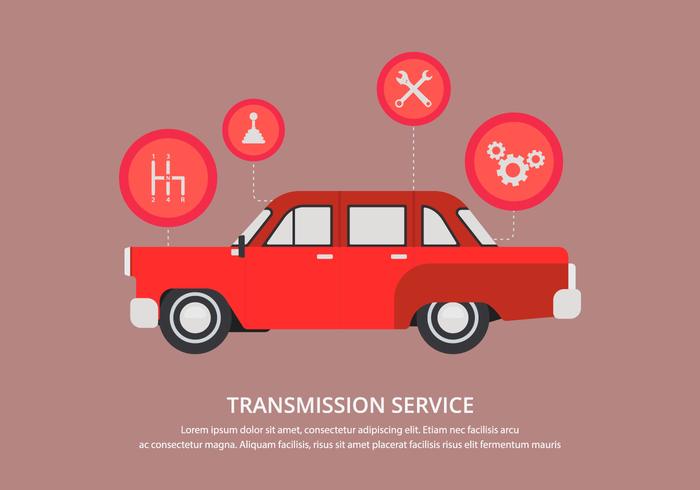Wondering Regarding The Significance Behind Those Control Panel Warning Lights? Gain Insights Into Their Effects For Your Lorry'S Safety And Security And Maintenance
Wondering Regarding The Significance Behind Those Control Panel Warning Lights? Gain Insights Into Their Effects For Your Lorry'S Safety And Security And Maintenance
Blog Article
Material Composed By-Vinson Torres
When you're behind the wheel, those radiant caution lights on your control panel can be a little bit bewildering. Do you know what they're attempting to inform you about your cars and truck's health and wellness? Recognizing the value of these lights is essential for your security and the durability of your automobile. So, the next time one of those lights appears, wouldn't you want to understand its message precisely and take the needed steps to resolve it?
Common Warning Lighting and Interpretations
Recognize usual warning lights in your automobile and comprehend their significances to ensure risk-free driving.
One of the most typical warning lights consist of the check engine light, which indicates concerns with the engine or discharges system. If this light begins, it's crucial to have your automobile inspected without delay.
The oil stress warning light suggests low oil stress, needing instant interest to stop engine damages.
https://brakelinefittings84062.wizzardsblog.com/31241268/hesitant-concerning-choosing-a-car-service-center-discover-professional-pointers-for-discovering-dependable-choices-in-your-area-that-will-certainly-place-your-mind-comfortable blinking battery light might recommend a defective billing system, possibly leaving you stranded otherwise addressed.
The tire pressure monitoring system (TPMS) light notifies you to reduced tire pressure, influencing vehicle security and gas effectiveness. Neglecting this might result in hazardous driving conditions.
The abdominal light shows an issue with the anti-lock braking system, compromising your capability to quit rapidly in emergencies.
Lastly, the coolant temperature cautioning light warns of engine overheating, which can result in extreme damages otherwise resolved quickly.
Recognizing these typical caution lights will aid you deal with problems quickly and preserve secure driving conditions.
Importance of Prompt Interest
Comprehending the typical warning lights in your vehicle is only the primary step; the value of quickly addressing these warnings can not be emphasized sufficient to ensure your safety on the road.
When a warning light illuminates on your dashboard, it's your auto's way of interacting a potential issue that requires attention. Neglecting these warnings can lead to a lot more extreme issues down the road, endangering your security and potentially costing you a lot more in repairs.
Trigger focus to alerting lights can stop malfunctions and mishaps. For instance, a blinking check engine light could indicate a misfire that, if left neglected, can cause damage to the catalytic converter. Addressing this without delay can save you from a costly repair service.
Likewise, a brake system warning light could signify reduced brake liquid or used brake pads, vital components for your safety and security when driving.
DIY Troubleshooting Tips
If you see a caution light on your dashboard, there are a few DIY fixing ideas you can try prior to seeking specialist aid.
The initial step is to consult your automobile's manual to recognize what the specific caution light suggests. Sometimes the problem can be as simple as a loose gas cap activating the check engine light. Tightening up the gas cap might deal with the problem.
One more common problem is a low battery, which can cause different warning lights. Inspecting https://www.rmpbs.org/blogs/rocky-mountain-pbs/a-safe-comfortable-place-new-auto-shop-opens-that-welcomes-everyone/ for deterioration and ensuring they're safe and secure may take care of the trouble.
If a caution light persists, you can try resetting it by detaching the auto's battery for a few mins and after that reconnecting it. Furthermore, checking your car's fluid degrees, such as oil, coolant, and brake fluid, can assist troubleshoot alerting lights connected to these systems.
Final thought
In conclusion, comprehending your auto's warning lights is crucial for maintaining your lorry running smoothly and securely. By quickly resolving these alerts and knowing what they imply, you can prevent expensive repair work and prospective failures.
Bear in mind to consult your car's guidebook for particular information on each advising light and act appropriately to make certain a hassle-free driving experience.
Stay educated, stay risk-free when driving!
